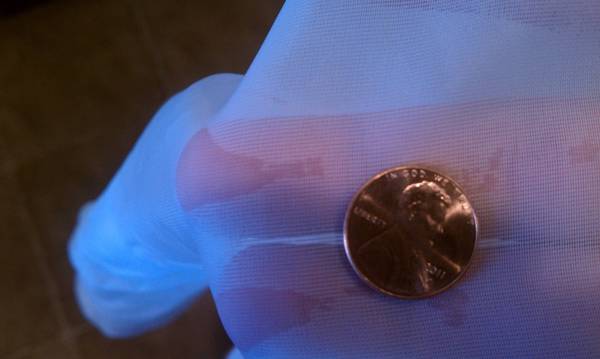rudy0498
Well-Known Member
I'm defintely not concerned with it making it's way into the fermenter. I use pellet hops whenever I can, but there are some recipes where whole hops are the only option, or even a large portion of pellet hops can still plug up a dip tube.
Maybe I need to selectively use the hop stopper depending on the recipe. I would still like to find a way to use it regularly.
Maybe I need to selectively use the hop stopper depending on the recipe. I would still like to find a way to use it regularly.












![Craft A Brew - Safale BE-256 Yeast - Fermentis - Belgian Ale Dry Yeast - For Belgian & Strong Ales - Ingredients for Home Brewing - Beer Making Supplies - [3 Pack]](https://m.media-amazon.com/images/I/51bcKEwQmWL._SL500_.jpg)













































